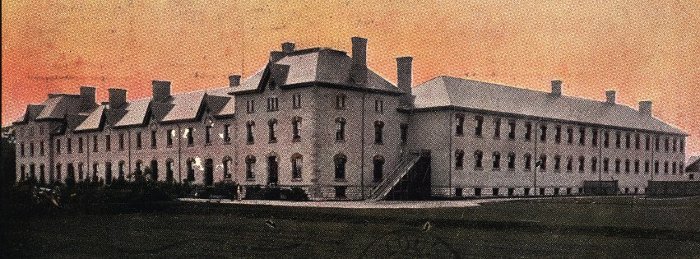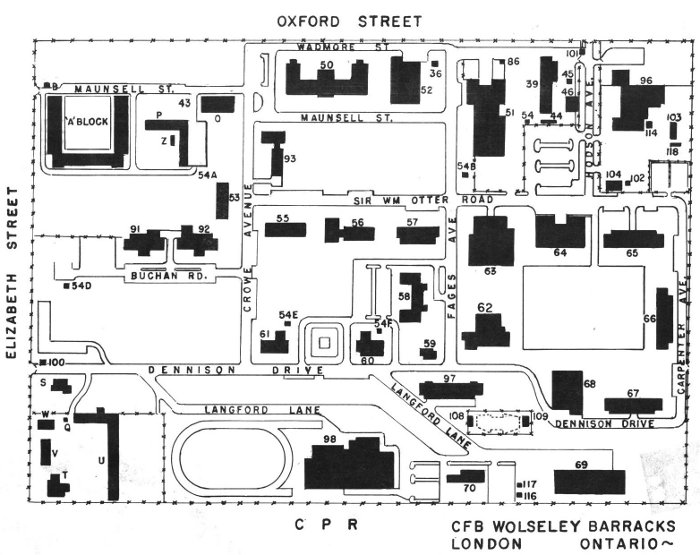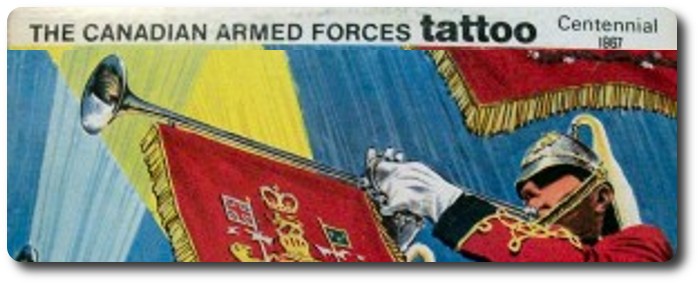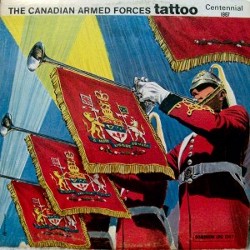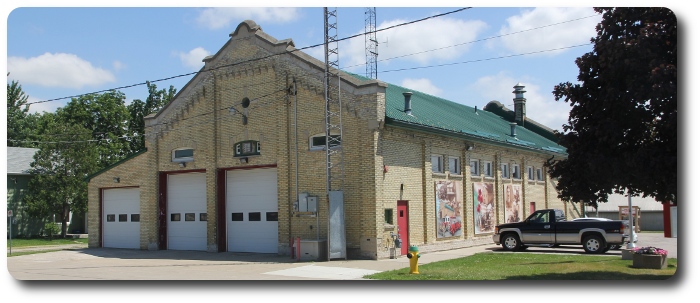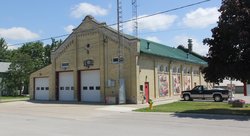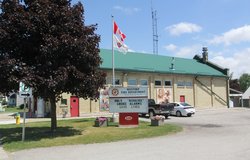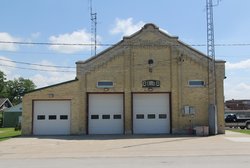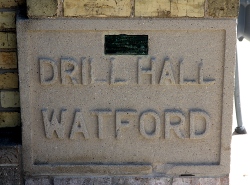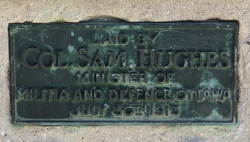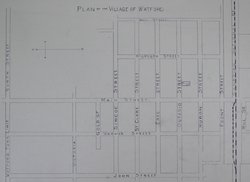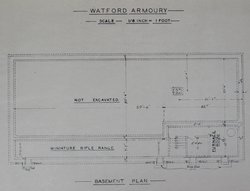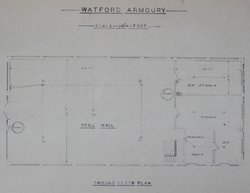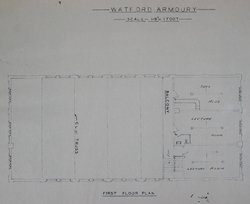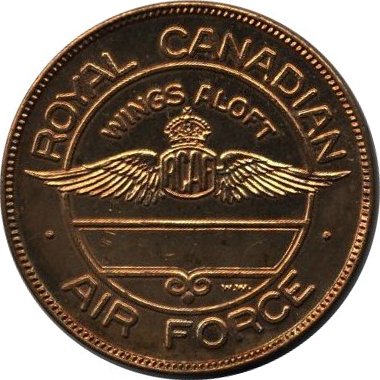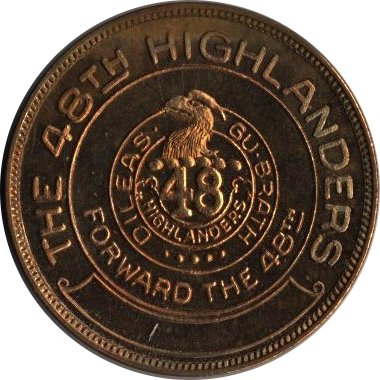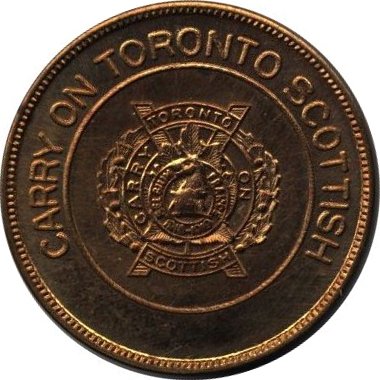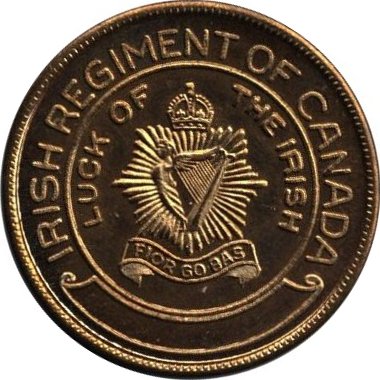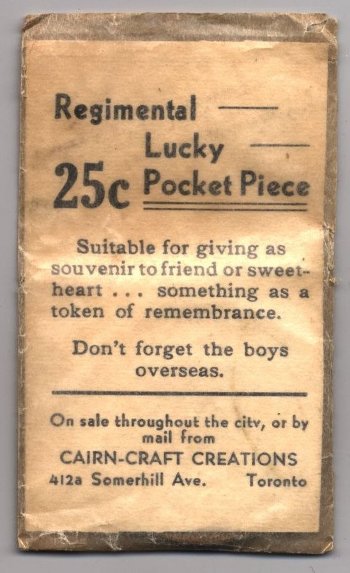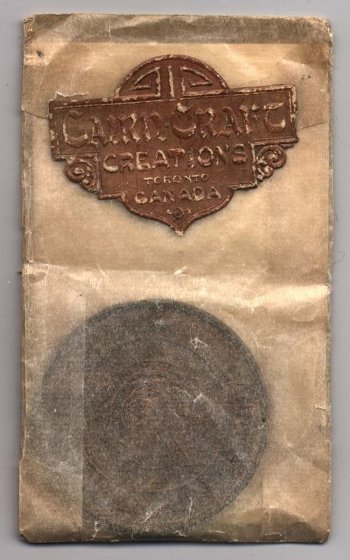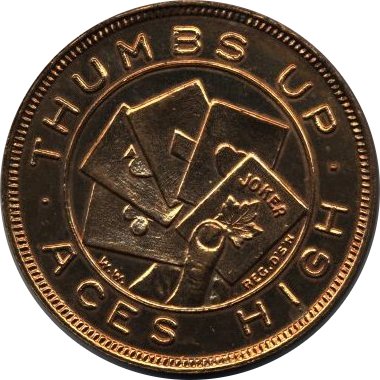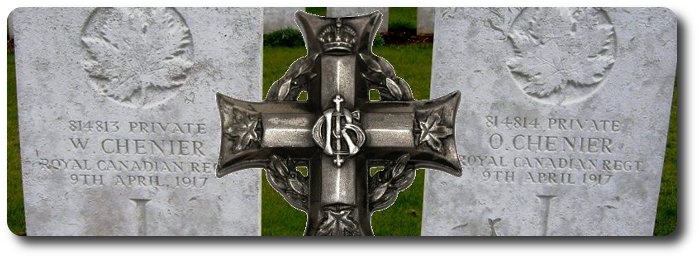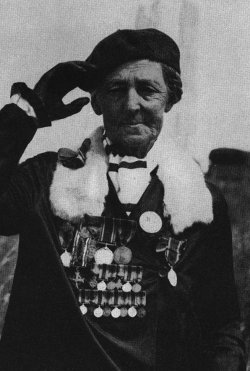Sick Parade
Topic: Humour

SICK PARADE
Canada in Warpaint, Capt. Ralph W. Bell, 1917
"The Company," read the orderly Sergeant, "will parade at 8.45 A.M., and go for a route march. Dress: Light marching order."
A groan went up from the dark shadows of the dimly-lighted barn, which died down gradually on the order to "cut it out." "Sick parade at 7.30 A.M. at the M.O.'s billet Meninlee-Chotaw," announced the O.S. sombrely. "Any of you men who wanter go sick give in your names to Corporal Jones right now."
Yells of "Right here, Corporal," "I can't move a limb, Corporal," and other statements of a like nature, announced the fact that there were quite a number of gentlemen whose pronounced view it was that they could not do an eight-mile route march the next day. Corporal Jones emerged, perspiring, after half an hour's gallant struggle. Being very conscientious he took full particulars, according to Hoyle: name, number, rank, initials, age, religion, and nature of disease. The last he invariably asked for by means of the code phrase, "wossermarrerwiyou?"'
Having refused to admit at least half a dozen well-known scrimshankers to the roll of sick, lame, and lazy, he finished up with Private Goodman, who declared himself suffering from " rheumatics hall over. Me legs is somethin' tur'ble bad."
There were thirteen names on the report.
Meninle-Chateau being a good three kilometres distant, the sick fell in at 6.30 A.M. the next day. The grey dawn was breaking in the East, and a drizzling rain made the village street even more miserable-looking than it was at all times. As OD all sick parades, all the members thereof endeavoured to look their very worst, and succeeded admirably for the most part. They were unshaven, improperly dressed, according to military standards, and they shuffled around like a bunch of old women trying to catch a bus. Corporal Jones was in a very bad temper, and he told them many things, the least of which would have made a civilian's hair turn grey. But, being "sick," the men merely listened to him with a somewhat apathetic interest.
They moved off in file, a sorry-looking bunch of soldiers. Each man chose his own gait, which no injunctions to get in step could affect, and a German under-officer looking them over would have reported to his superiors that the morale of the British troops was hopeless.
At 7.25 A.M. this unseemly procession arrived in Menin-le-Chateau. In the far distance Corporal Jones espied the Regimental Sergeant-Major. The latter was a man whom every private considered an incarnation of the devil! The junior N.C.O.'s feared him, and the Platoon Sergeants had a respect for him founded on bitter experience in the past, when he had found them wanting. In other words he was a cracking good Sergeant-Major of the old-fashioned type. He was privately referred to as Rattle-Snake Pete, a tribute not only to his disciplinary measures, but also to his heavy, fierce black moustachios, and a lean, eagle-like face in which was set a pair of fierce, penetrating black eyes.
"If," said Corporal Jones loudly, "you all wants to be up for Office you'll walk. Otherways you'll march! There's the Sergeant-Major!"
The sick parade pulled itself together with a click. Collars and the odd button were furtively looked over and done up, caps pulled straight, and no sound broke the silence save a smart unison of " left-right-left " along the muddy road. The R.S.M. looked them over with a gleam in his eye as they passed, and glanced at his watch.
"'Alf a minute late, Co'poral Jones," he shouted. "Break into double time. Double … march! "The sick parade trotted away steadily–until they got round a bend in the road. "Sick!!!" murmured the R.S.M.
"My H'EYE!"
A little way further on the parade joined a group composed of the sick of other battalion units, some fifty in all. Corporal Jones handed his sick report to the stretcher-bearer Sergeant, and was told he would have to wait until the last.
In half an hour's time the first name of the men in his party was called–Lance-Corporal MacMannish.
"What's wrong?" asked the doctor briskly.
"'A have got a pain in here, sirr," said MacMannish, "an' it's sair, sorr," pointing to the centre of his upper anatomy.
"Show me your tongue? H'm. Eating too much! Colic. Two number nine's. Light duty."
Lance-Corporal MacMannish about-turned with a smile of ecstatic joy and departed, having duly swallowed the pills.
" What did ye get, Jock?"
"Och! Light duty," said the hero with the air of a wronged man justified," but you'll be no gettin' such a thing, Bowering!"
"And why not?" demanded the latter scowling. However, his name being then called put an end to the discussion.
"I have pains in me head and back, sir," explained Mr. Bowering, "and no sleep for two nights." The doctor looked him over with a critical, expert eye.
"Give him a number nine. Medicine and duty. Don't drink so much, Bowering! That's enough. Clear out!"
"He's no doctor," declared the victim when he reached the street. "Huh! wouldn't trust a cat with 'im!"
The next man got no duty, and this had such an effect on him that he almost forgot he was a sick man, and walloped a pal playfully in the ribs on the doorstep, which nearly led to trouble.
Of the remaining ten, all save one were awarded medicine and duty, but they took so long to tell the story of their symptoms, and managed to develop such good possible cases, that it was 8.45 before the parade fell in again to march back to billets, a fact which they all thoroughly appreciated!
Wonderful the swinging step with which they set forth, Corporal Jones at the head, Lance-Corporal MacMannish, quietly triumphant, bringing up the rear. They passed the Colonel in the village, and he stopped Corporal Jones to inquire what they were.
"Your men are marching very well, Corporal. 'A' Company? Ah, yes. Fatigue party, hey?"
"No-sir, sick-parade-sir!"
"Sick Parade! God bless my soul! Sick! How many men were given medicine and duty?
"Nine, sir."
"Nine, out of thirteen… 'A' Company is on a route march this morning, is it not?"
"Yessir."
"My compliments to Major Bland, Corporal, and I would like him to parade these nine men in heavy marching order and send them on a nine-mile route-march, under an officer."
"Very good, sir!"
Next day there were no representatives of "A" Coy. on sick parade!

Posted by regimentalrogue
at 12:01 AM EDT




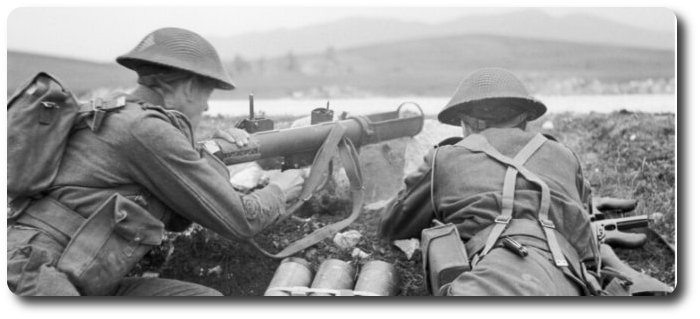
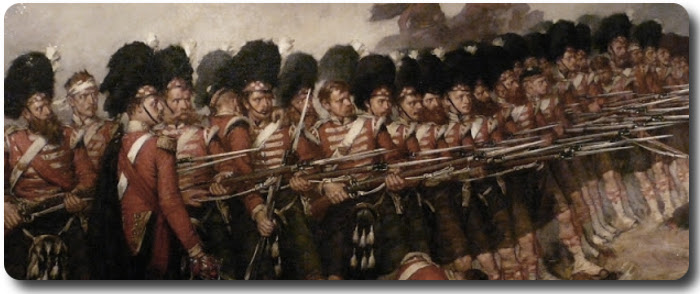

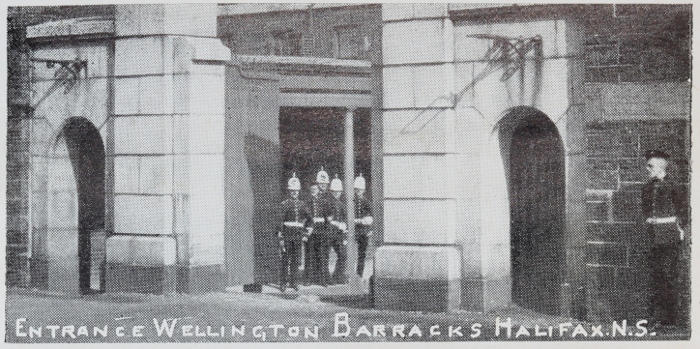
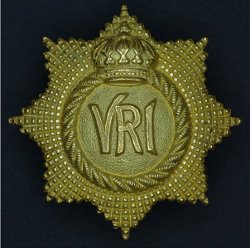
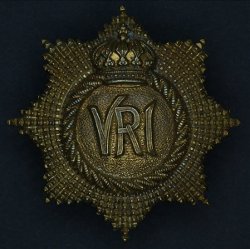

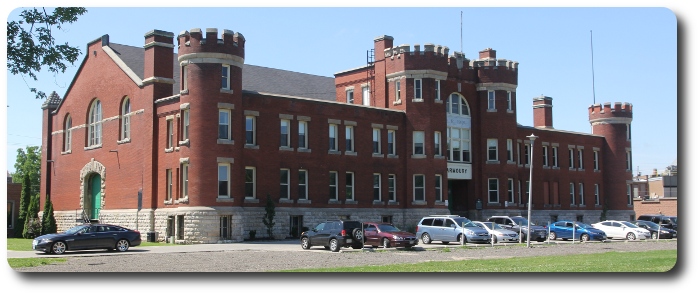
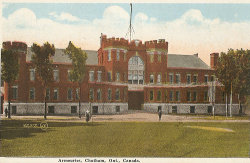
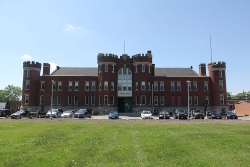
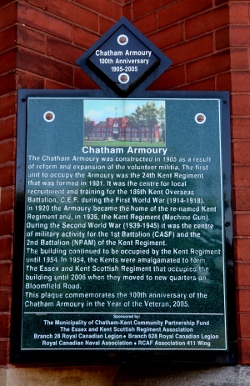
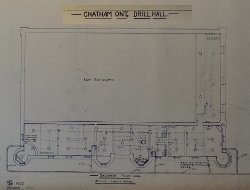
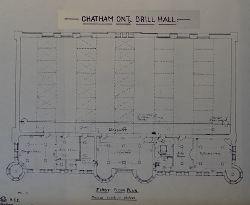
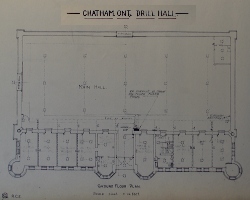
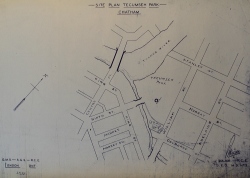
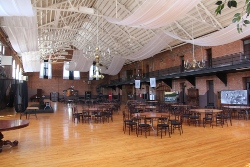
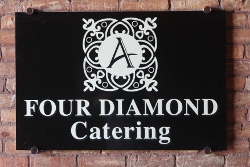
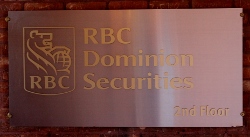

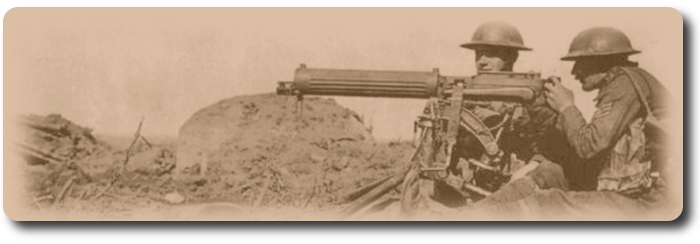
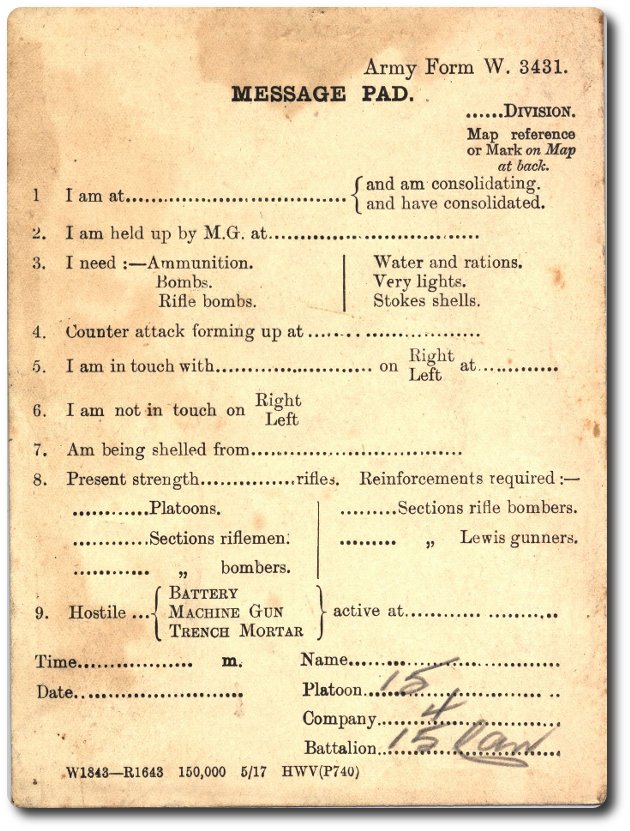


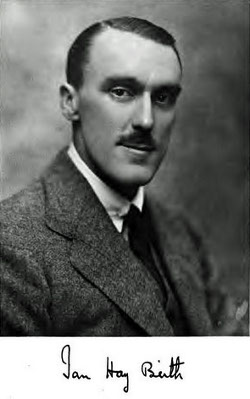
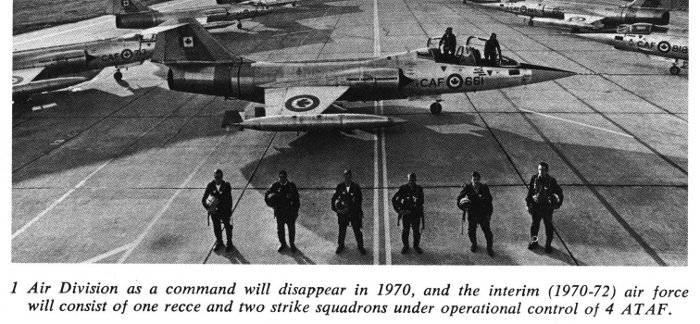

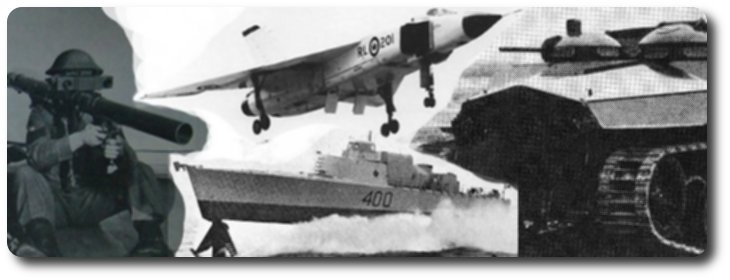
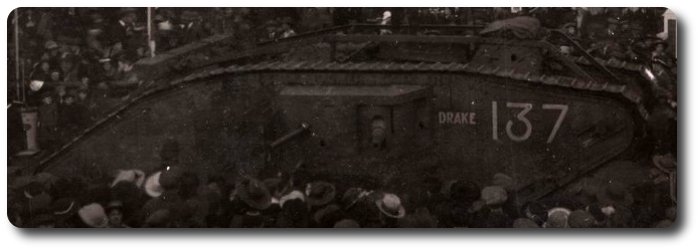
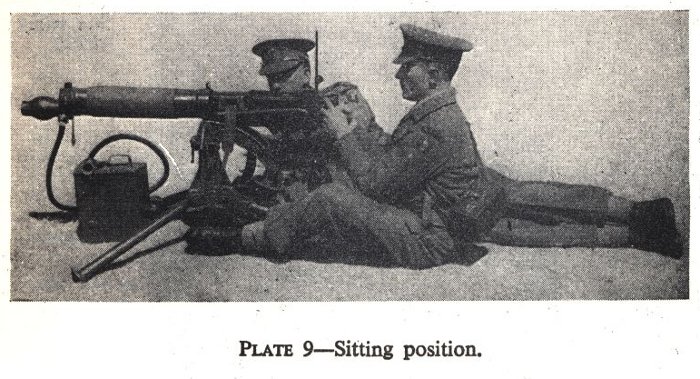 When the War commenced Germany was popularly supposed to lead the world in scientific implements of warfare; as a matter of fact she lead chiefly in preparedness and quantity. As the struggle developed initiative passed to the British Allies whose aeroplanes knocked out the
When the War commenced Germany was popularly supposed to lead the world in scientific implements of warfare; as a matter of fact she lead chiefly in preparedness and quantity. As the struggle developed initiative passed to the British Allies whose aeroplanes knocked out the 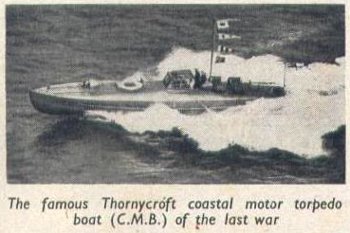 In Naval types and designs the British were dominant—even the
In Naval types and designs the British were dominant—even the 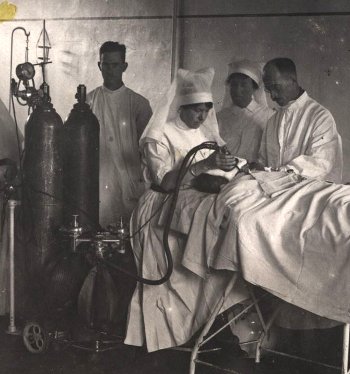 Surgical and medical developments were one of the miracles of War. That, with the single exception of the
Surgical and medical developments were one of the miracles of War. That, with the single exception of the 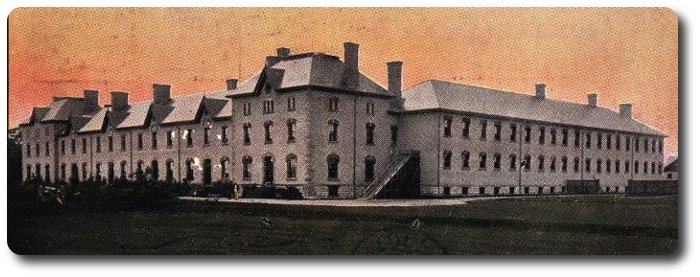

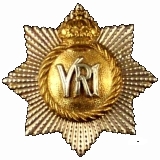
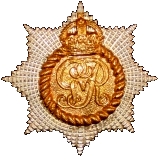
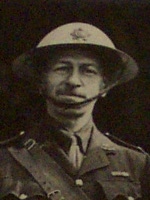
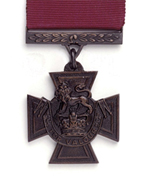
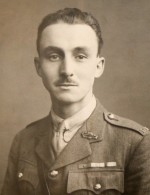
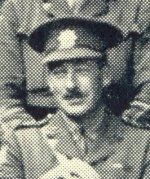

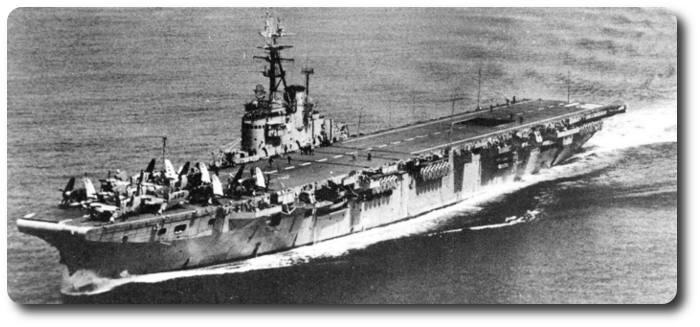
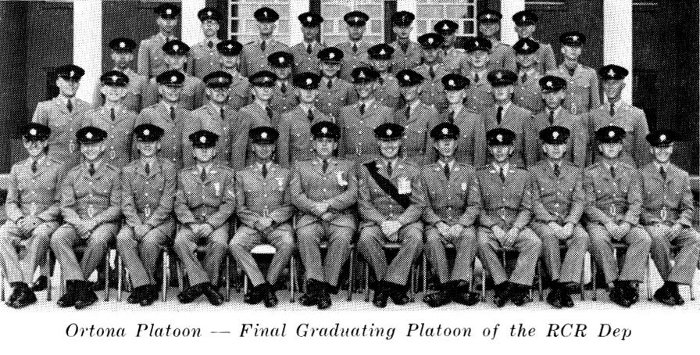 Ortona Platoon graduated at Wolseley Barracks, 11 October, 1968.
Ortona Platoon graduated at Wolseley Barracks, 11 October, 1968.